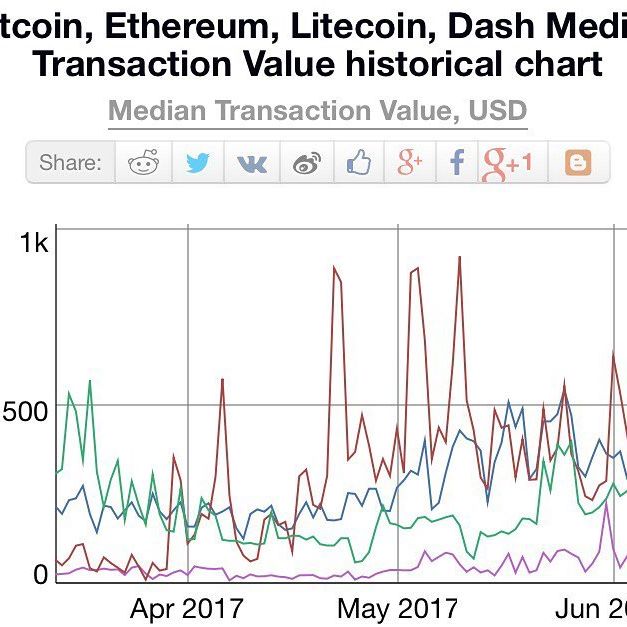An Alternative Option to Investing in the Slock.it DAO
The talk of the week in most blockchain circles is the DAO that was created by the team from Slock.it. Some are saying that it is a one of a kind type investment opportunity however I beg to differ and have another DAO on my mind that matches up to Slock.it’s DAO and may even outpace it, so lets explore.
The DAO
Created by the team at slock.it, the DAO was initially inspired by an article published by Vitalik Buterin (creator of Ethereum) called “DAOs, DACs, DAs and More“, this article discussed the concept of a DAO and how they can be understood.
The DAO that Slock.it created can be compared to a venture capital fund, however this fund is capitalised and controlled by a grass roots movement that has the ability to vote on decision making for how the capital is utilised. The aim of the game is to fund projects that benefit the DAO through providing it with some sort of return on investment. For instance, Slock.it’s proposal is to create hardware in the form of locks that use smart contracts, payable by ether. When a transaction occurs using these locks, a transaction fee is deducted and sent directly to the DAO. This means that by funding the team at Slock.it, the DAO may be able to create a revenue stream which can then be used to either fuel other projects that the DAO decides to fund or provide dividend like payments to the owners of the DAO tokens.
This concept is extremely empowering as it gives the general population the ability to be a part of their own venture capital fund. However it is important to remember that with great power comes great responsibility. If the DAO token holders are not responsible and vote to fund projects that don’t have a very high chance of providing a return for the DAO, then the pool of liquidity could eventually begin to deplete, just as it would in any venture capital fund, if they were not responsible. However the difference between a Venture Capital fund and the DAO is that Venture Capital funds are experts at what they do and have time to dedicate to reading proposals and brain power required to understand the investment opportunity. In contrast the DAO relies on people with no particular expertise to read and digest proposals and vote accordingly. The problem with this is that a vote from a McDonalds worker has as much voting power as a vote from a high level executive for a Fortune 500 Company. This means that the capital controlled by the DAO could potentially be at serious risk from misinformed voters that don’t read or understand proposals.
With this problem in mind, lets now explore how Dash approaches the situation of Governance and how it is actually relatively similar to the DAO that Slock.it have created.
Dash
Created by Evan Duffield in 2014, Dash (formerly know as Darkcoin) was created with financial privacy and fungibility in mind. The concept that Evan Duffield used to implement such features is now referred to as the Masternode Network (collateralised full nodes). Upon creating the Masternode Network, Evan realised that he had stumbled upon a much bigger picture. The Masternode Network could be used as a second tier to perform various functions for the network such as; mixing coins, instantly locking transactions, decentralised governance and the soon to be decentralised social wallet system which is referred to as “Evolution“.
In order to understand how this system matches up to Slock.it’s DAO, it is important to know that Masternodes, (collateralised full nodes) are paid for services that they perform for the Network. Dash’s block reward system looks like this; 45% goes to the Miners, 45% to the Masternode operators and the final 10% goes to a Budgeting System in which the Masternode owners can vote upon (you can view the budget here). So just like the DAO, Dash has capital in which it puts to work, but on a monthly basis. The goal of this spending is to provide a return on investment for the network. An example of such an investment would be the Prioritization of Fiat Gateways proposal in which $42,500 was spent to create open source tools that exchanges and brokers could utilise, making it easy for them to integrate Dash. This use of capital already seems to be paying off with Exchanges such as BTC-E integrating and soon to be Coinapult and Cryptocapital. Apparently two other reputable exchanges are ready to integrate as well (here).
Although Dash does seem to be funding proposals which are having a positive return on investment, it is still at risk from misinformed voters, just like the DAO. However unlike the DAO, Dash does seem to have the solution to this and it comes in the form of Version 12.1 which should be released on testnet in the next few weeks. From what can be derived from the limited documentation, it sounds like voting for Projects themselves will be a thing of the past. Instead Dash will elect paid Project Managers who specialise in certain fields, e.g. Marketing, Legal, Technical etc. These Project Managers will then hire employees to complete tasks for the network. This method is a crucial step as it allows the Masternodes to retain control over the network whilst not relying on them to read and digest every project proposal made to the Network. Project managers will be held accountable by the network if they do not perform to the standards of the Network or miss use any of their budget.
So as you can see, both the DAO and Dash have vast amounts of capital at hand which will be used on projects that look to return a positive ROI for their respected networks. The difference between the two investments is that with the DAO you directly vote on project proposals and are required to accurately read and digest the proposals in order to ensure the survival of the DAO. Whereas with Dash you will look to vote on Project Managers who specialise in certain areas and do that for you. In the end this experiment all boils down to the “Wisdom of the Crowd” vs “Specialised Project Managers”, choose wisely.



Leave a Reply
Want to join the discussion?Feel free to contribute!